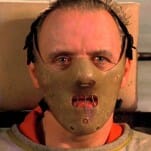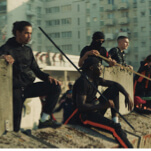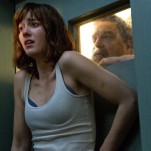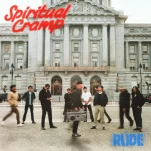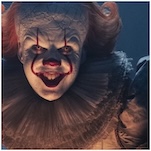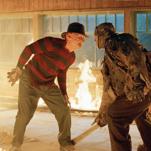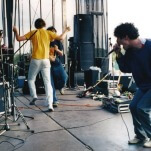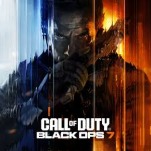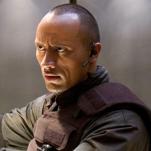In Defense of Master Chief Constantly Taking Off His Helmet in Paramount+’s Halo
Photo Courtesy of Paramount+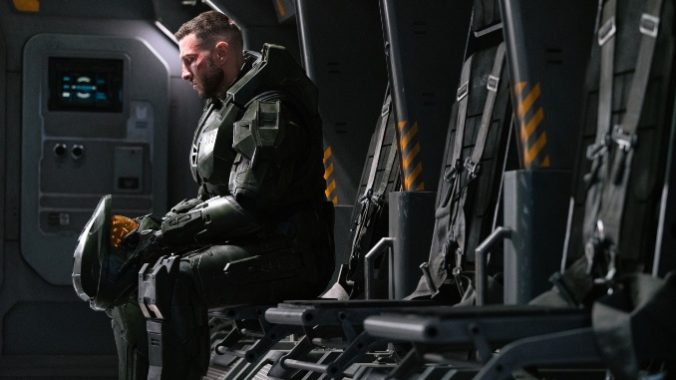

The first season of Paramount+’s Halo series wasn’t exactly warmly received by longtime fans of the videogame. Their complaints were numerous: it wasn’t accurate to longstanding lore, it didn’t take place on the titular ring-shaped installations, it featured lengthy side stories that had little bearing on the main plot, there were questionable costuming and set design decisions that made it not “feel like Halo,” and so on. However, one complaint rose above the rest and became a stand-in for fan discontentment. The protagonist, John-117, aka the Master Chief, who pointedly never visibly shows his face across the billion entries in the game series, dramatically removed his helmet in the pilot, and then continued to do so constantly through the remaining eight episodes.
Halo fans were livid at this change. They argued that Chief’s helmet is an iconic element of his visual design and that the ambiguity around his appearance adds an air of mystique to the figure. In the games, Master Chief’s facelessness allowed players to more easily place themselves in his shoes, imagining they were the hero facing daunting odds, and for some, seeing what he actually looked like broke this spell. Additionally, this lack of clarity around his appearance made it easier to view him as a broad metaphor for the unbreakable nature of the human spirit in the face of an impossible foe.
This backlash was further inflamed after Pablo Schreiber, the actor who plays the TV rendition of this character, explained the rationale for a helmet-less Chief in an interview with TechRadar: “When you play a first person shooter, the way that a character is developed is very different than what’s necessary when you’re making long form television. To go on this journey with your protagonist, you’re not going to be able to bring an audience along in a long form story without having access to a character’s face, which tells you what they’re feeling, how they think about everything.”
-

-

-

-

-

-

-

-

-

-

-

-

-

-

-

-

-

-

-

-

-

-

-

-

-

-

-

-

-

-

-

-

-

-

-

-

-

-

-

-










